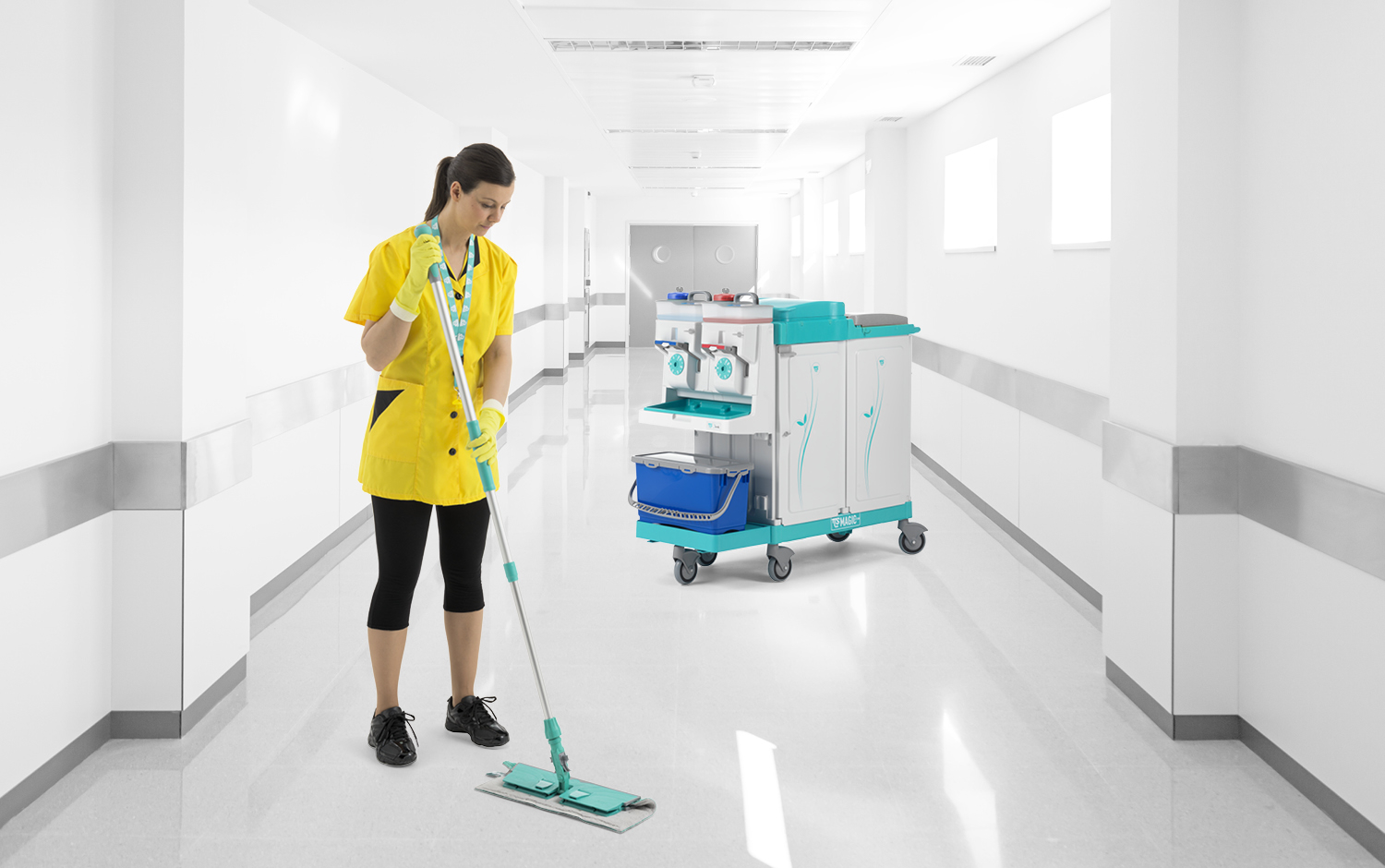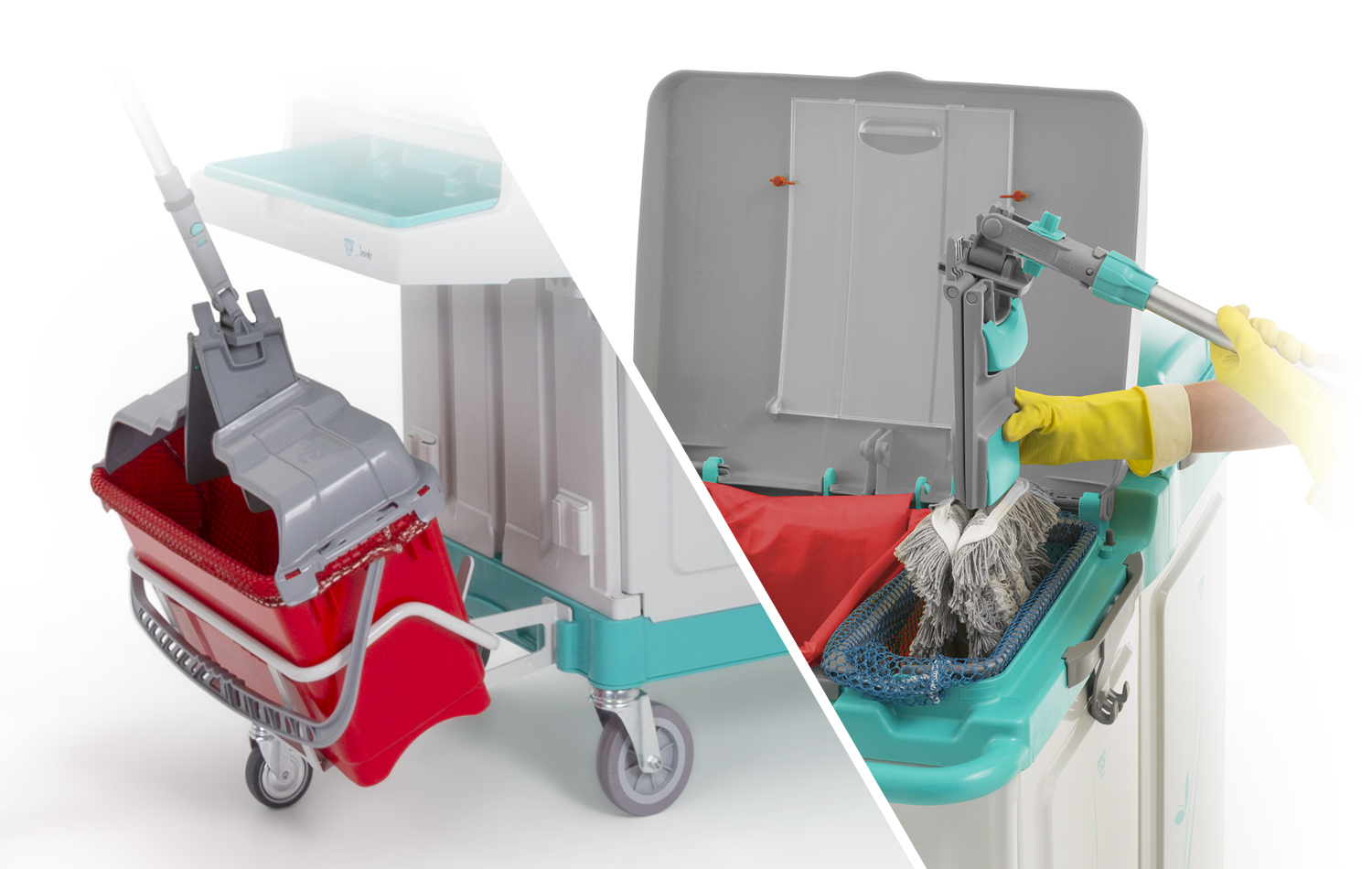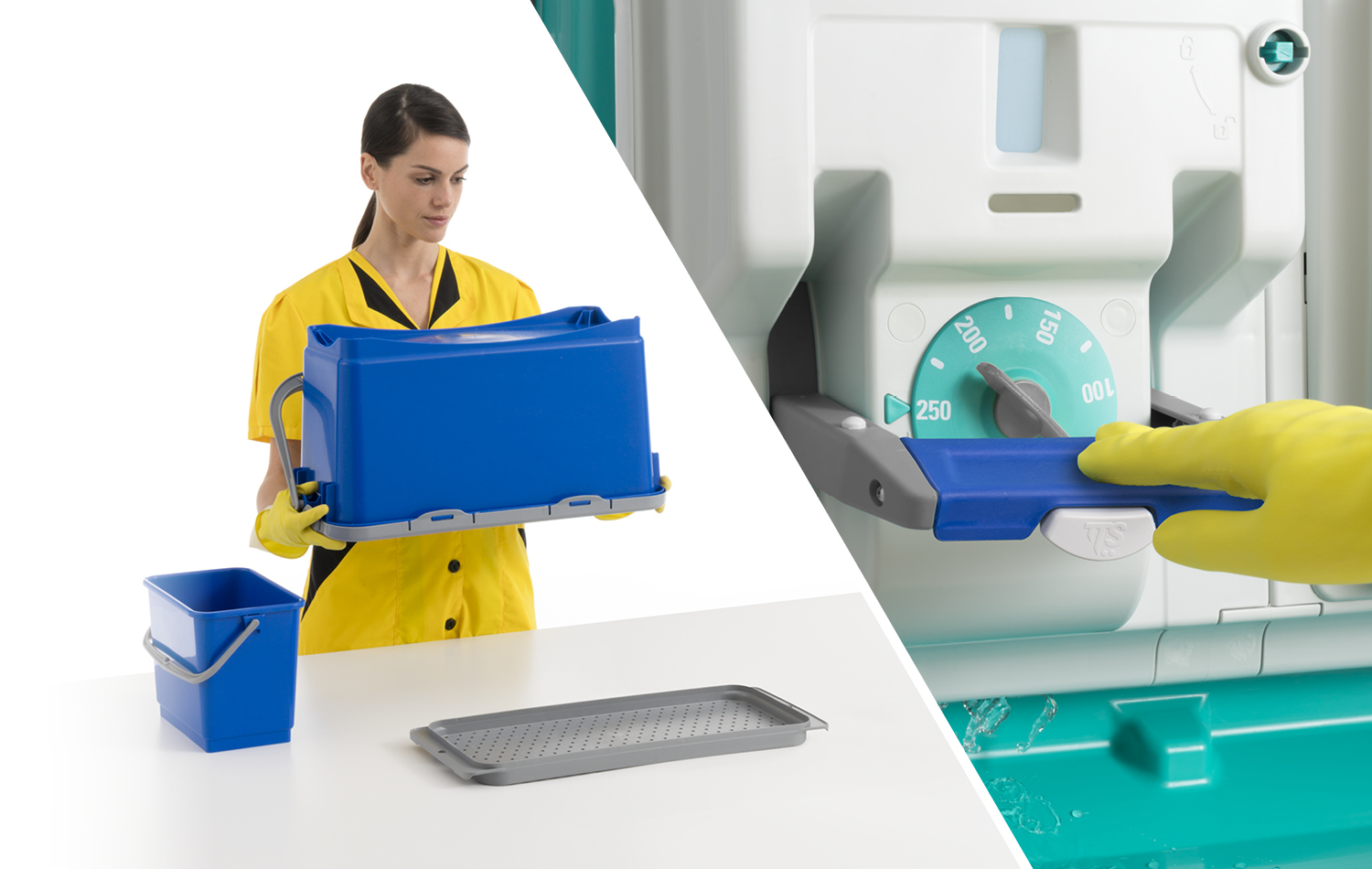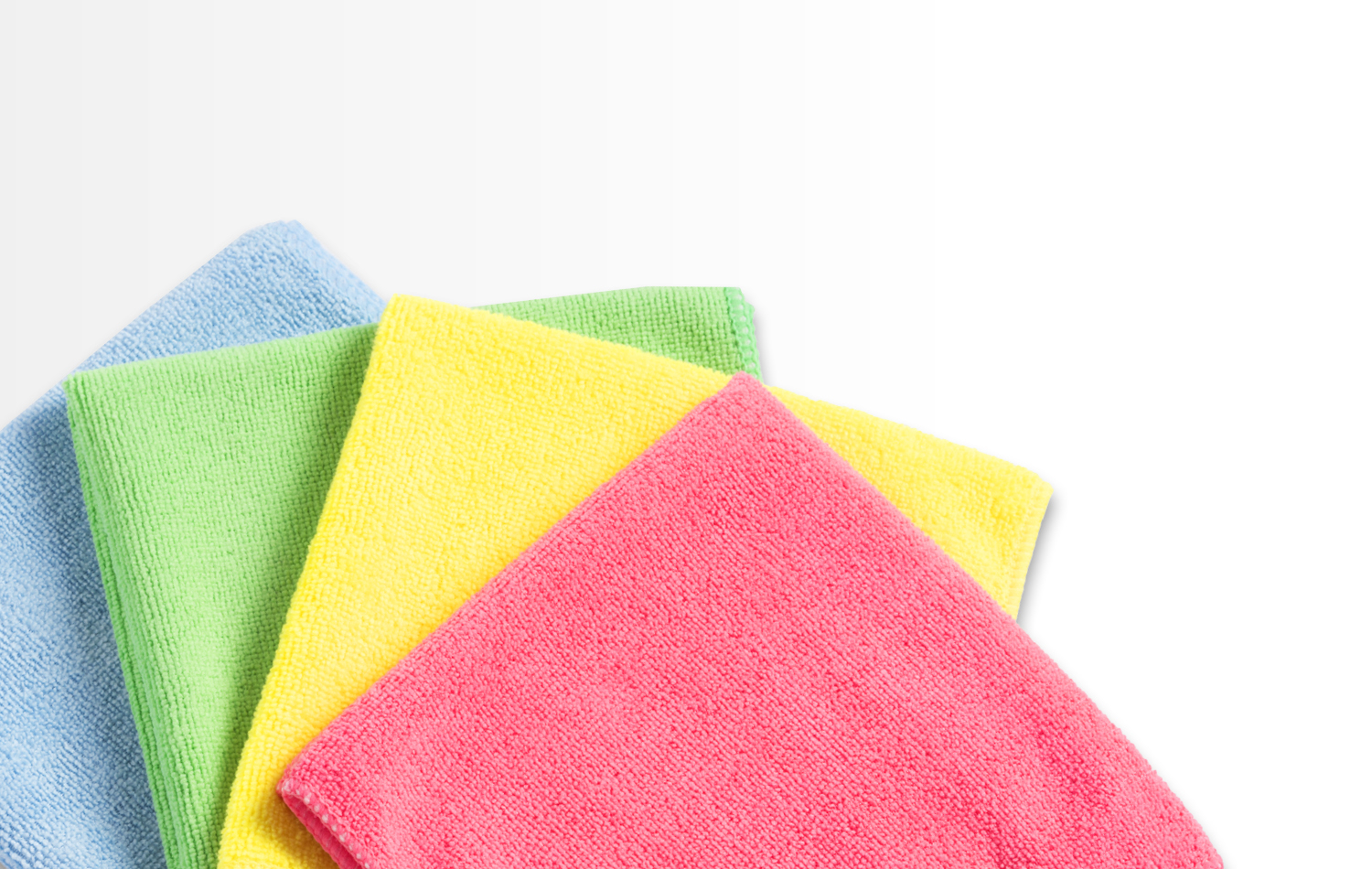Risk of cross-contamination: a more widespread reality than you think
The dirt is not the same everywhere; there are environments where the bacterial load is a crucial issue: we refer to the contexts related to health, from hospitals to specialist Intensive Care Units, from local clinics to leisure facilities and changing rooms, and also kitchens and food industries.
In all these delicate environments, the risk of cross-contamination is a reality that must be faced with effective cleaning techniques and advanced systems to reduce risk, and ensuring cross-contamination control.

Practical advice on how to reduce the risk of cross-contamination
The basic principle to keep in mind is that dirt collected in one area must never come into contact with other areas.
The hands of the operator are the main vehicle of contamination, it is therefore essential to avoid contact of the hands with the dirt. The use of gloves helps greatly, provided they are washed and changed regularly. The touch-free systems are ideal for combating contamination because they allow the disposal of dirty cloths and mops without touching them.
Another basic rule is to use a clean cloth for each area to be cleaned. The systems that make this good practice possible are pre-soaking, on-demand soaking and disposable systems.
In order to effectively distinguish the cloths to be used in the different areas it is advisable to rely on the colour-coded system: an effective system whose basic principle is that each colour corresponds to a specific area or a certain degree of risk.

Touch-free systems
TTS has designed and built highly hygienic systems to avoid any kind of contact between hands and dirt.
The innovative Blik, Trilogy and Uni System frames allow the easy release of the used cloth using a special pressure mechanism on the frame while with the Pockety system you simply pull the frame off the lid and the used mop is released directly into the bucket.

Soaking systems
From today, it is possible to rely on two effective allies against cross contamination, easy to use and always ready to use.
Dosely is a soaking station that allows the preparation on demand, directly on the trolley, of the mops necessary for cleaning operations, ensuring the maximum efficiency of the chemical solution.
Thanks to the use of Hermetic bucket it is possible to speed up sanitizing operations, reducing management costs.

Colour-coded
TTS offers a wide range of colour-coded cloths and mops, with coloured fibres and supports, and others identifiable through special multicolour labels that allow for correct risk management at low prices.
For more effective management, handles and frames can also be colour-coded and, for even more demanding environments, it is possible to complete the combination with coloured buckets thanks to the wide range that TTS offer.

Disposable mops and cloths
TTS offers a wide range of disposable cloths and mops, both for dusting and for washing.




